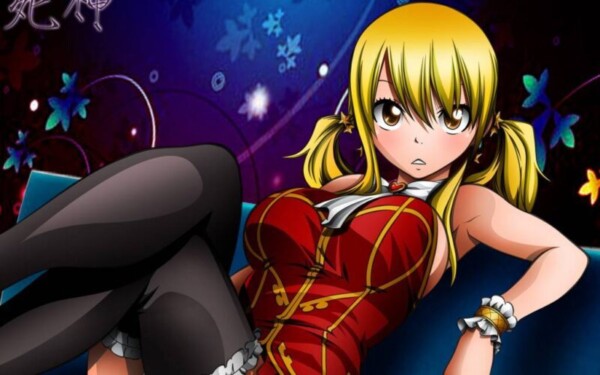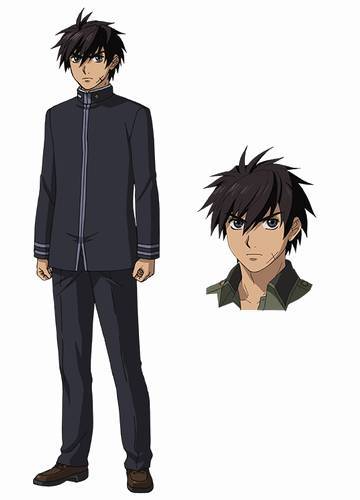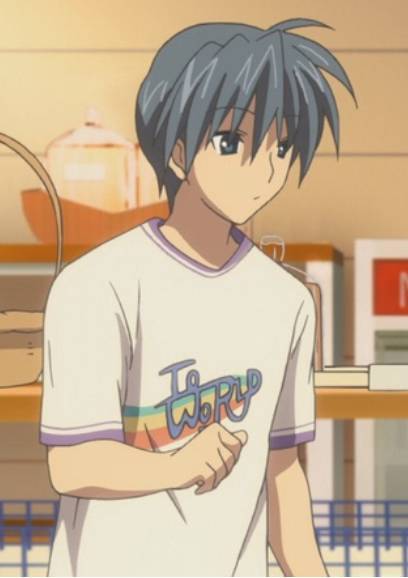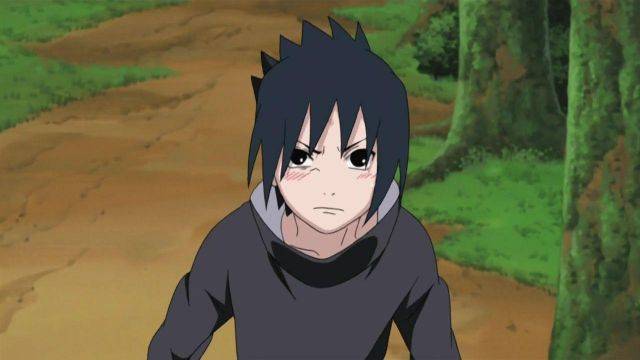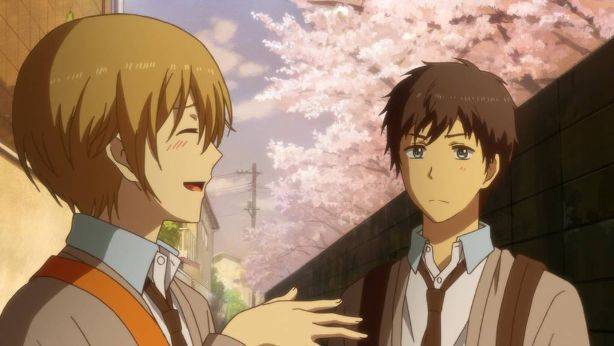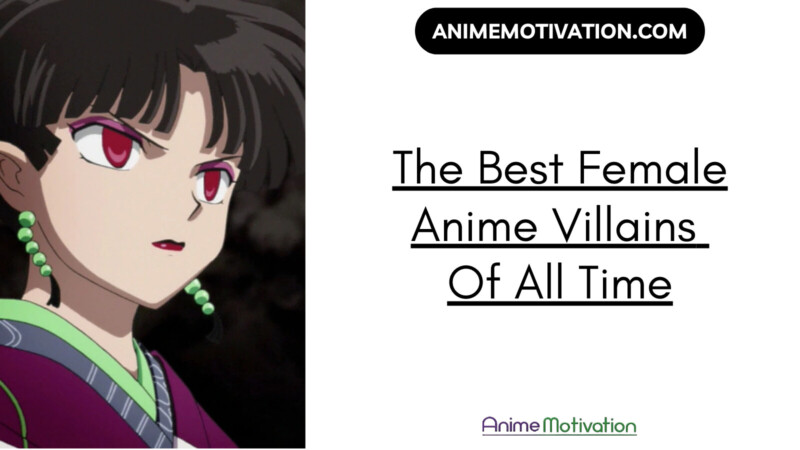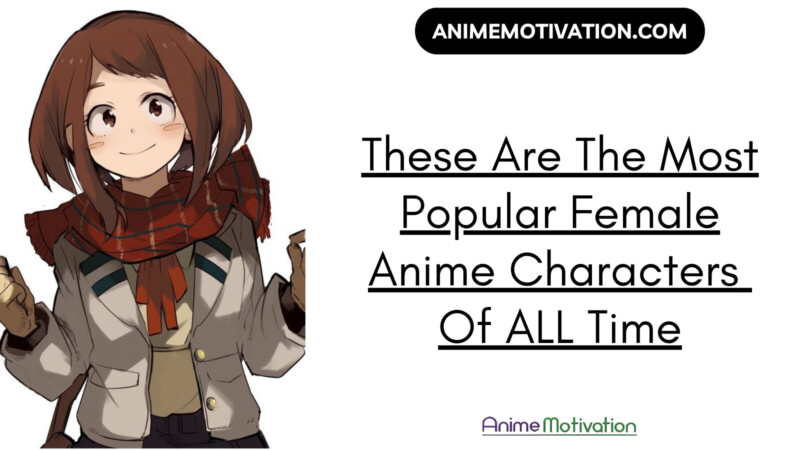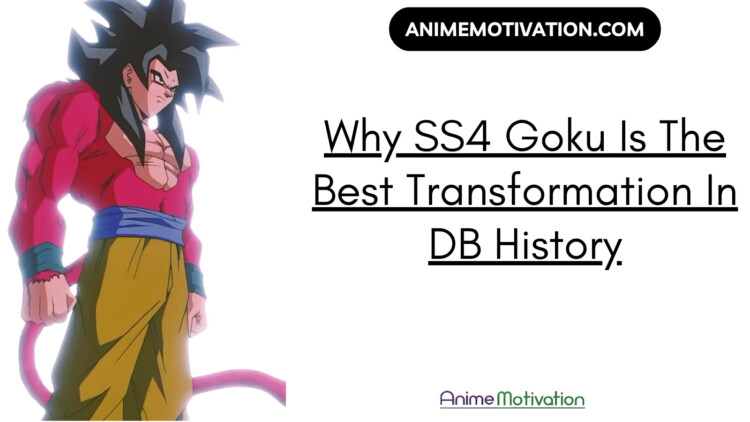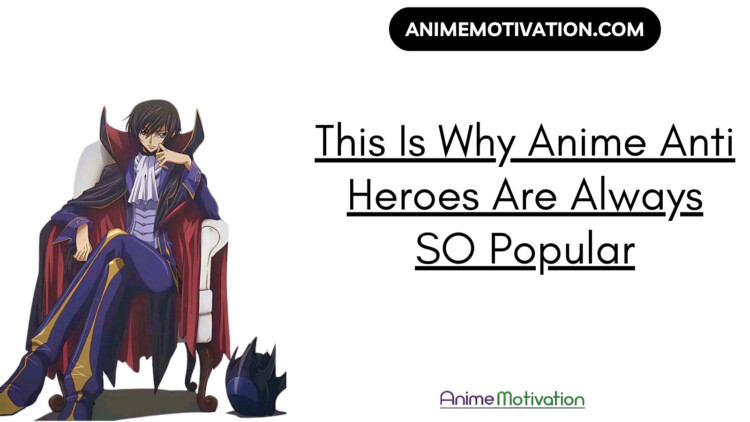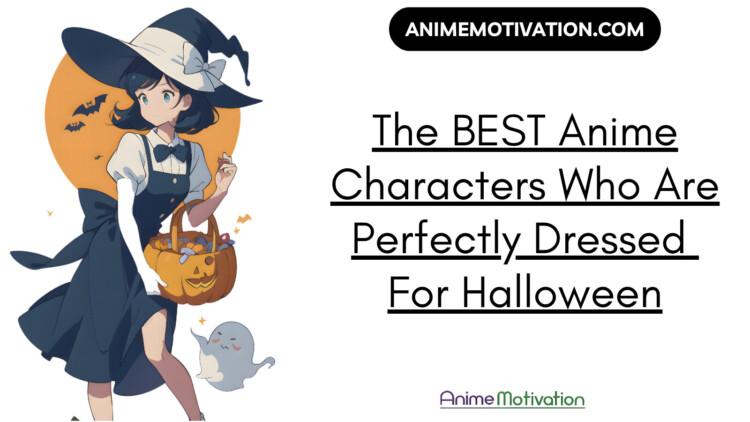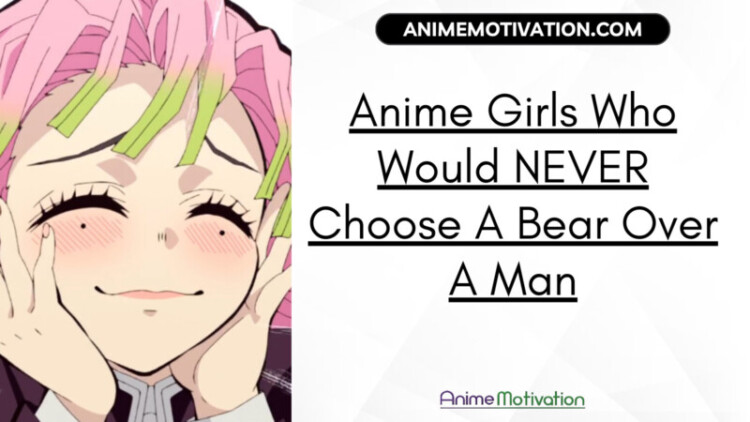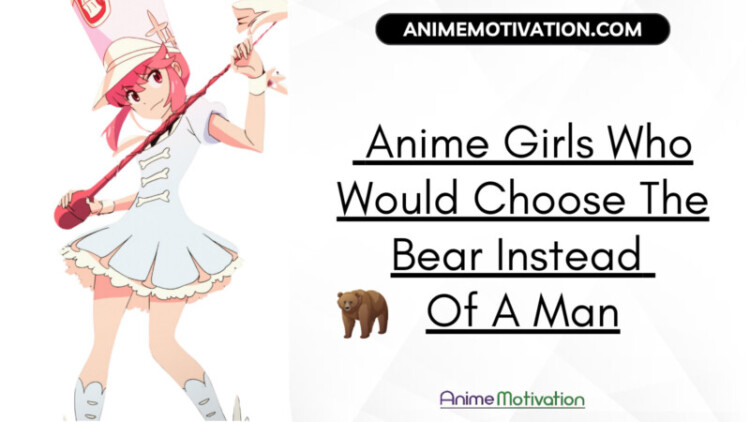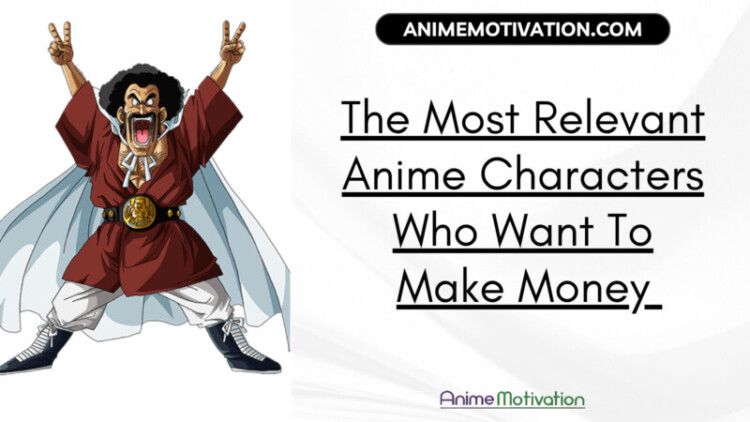Anime body proportions is one of the stupidest arguments you see on social networks. Usually when there’s controversy.
In fact body proportions in anime, mainly female characters, is why controversy sparks in the first place.
Some self righteous, holier than thou westerners complain how:
- An anime character looks
- How she is designed
- Complain about an anime girl’s big tiddies
- Anime fan service
- Characters who show a little skin
And completely throw context out of the window, not caring to understand the facts, logic, or look at things rationally.
In a way, critics look at anime characters as real based on how they treat a piece of fiction as if it’s reality. And it should follow the same rules.
Ignoring exceptions like Ilulu from Miss Kobayashi’s Dragon Maid, who’s blatantly drawn unrealistically, the average anime character is much closer to reality than most think.
Including the exhausting critics who take every opportunity to point the finger as if anime is not usually realistic.
Let’s talk about it.
Female anime characters:
1. Kids to 13+ year olds
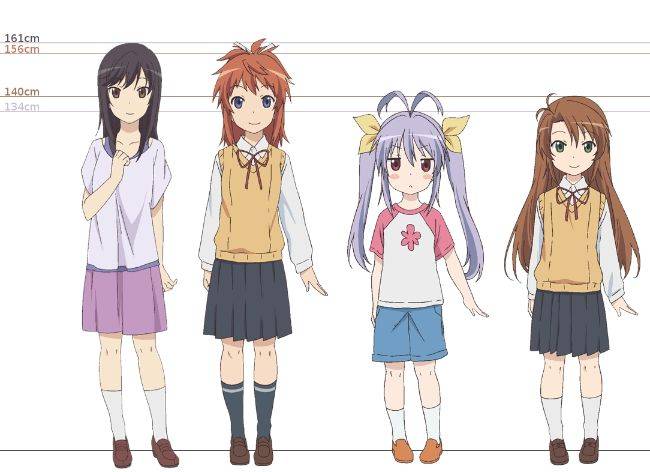
In anime, this is how the average kid tends to be drawn, outside of exceptions.
Renge for example (the smallest character) is a 7 year old kid. Most kids obviously don’t have purple hair and fancy hair accessories, but in all seriousness it’s a realistic look.
Hotaru on the left is about 11 years old. Again, ignoring exceptions average 11 year olds in anime are drawn like this. And it’s a realistic
Natsume with orange hair is about 13, with Komari on the far right, despite being small, is 14 years old.
Focusing on Japanese society, how they look is on point and not at all unrealistic or foolish.
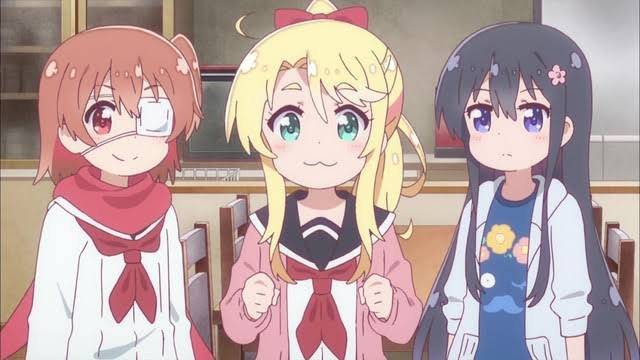
The trend follows even when the art style changes a little. In this anime, 8-11 year olds look like what you see in the image.
Even going outside of Japan and how Japanese would look, this is believable. Ignoring the focus on being “cute” that is.
Still in the realms of reality.
2. Teenagers (15-19 years old)
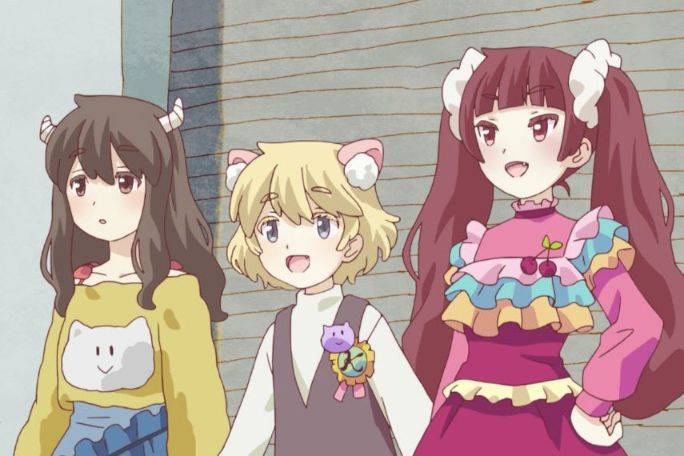
In this range, just like in real life, things can differ. But it’s still on the side of realism.
These characters in the image are 16+ years of age. Not hard to believe as a standard, especially if you go by East Asian standards in particular.
They are of a smaller height after all, and

Then there’s the group of anime
But not all are.
In this case, all the Nakano sisters (quintuplets) are as realistic as it gets, aside from the fact it’s animated and they have unrealistic hair colors.
Walking around a college campus (if you’re in college) makes this point loud and clear. Even here in the west, never mind Japan or East Asia.

And that extends into the 18-19+ age range, and how the body proportions are in relation to it.
Lucy Heartfilia, Mirajane Strauss, Juvia Locker, Erza Scarlet… These are just a few of the
People may complain about fan service, but this fact of how they’re proportioned realistically is undeniable.
That’s regardless of how you feel about it (or critics who stir up controversy all the time).

And finally you have other variations like the
They’re in the 17+ range of age, and no one would see this and convince themselves that it’s unrealistic in any way.
It’s very real, I think it just makes some
3. 20+ years old and beyond
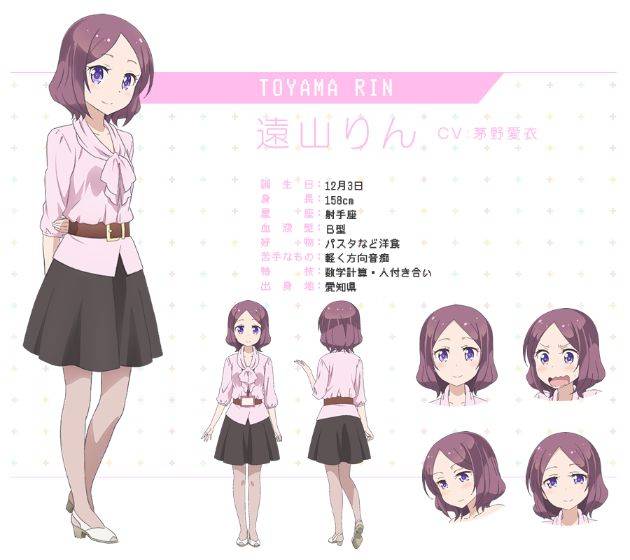
Rin Toyama from NEW Game is 25 years old. Despite the anime’s cutesy designs and focus on “kawaii”, there’s still some sense of realism to the designs of characters.
When it comes to

As you continue to look at characters over 20+ years old, there’s obvious variations, but still a lot of realism and relatability.
Umiko is a tad more stacked than Kobayashi, but similar (and realistic) body types overall.
It’s closer to reality, as its the average across the board.
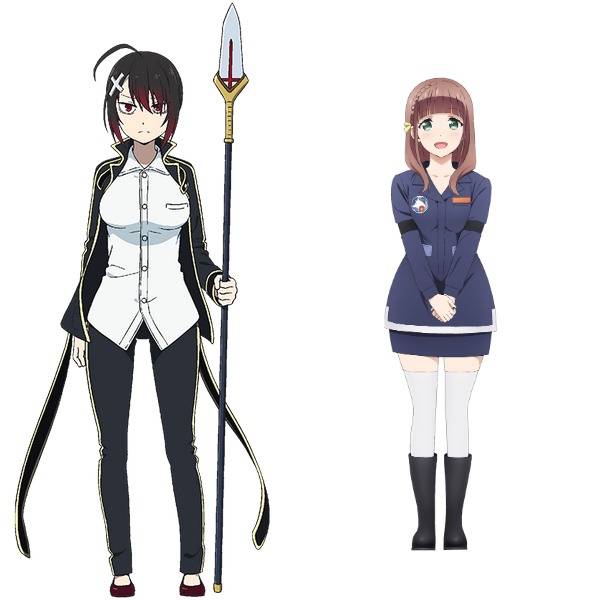
Even in more obscure anime series, the female characters still represent a realistic idea of what real people look like.
Not including the obvious random hair styles and what not.
Both characters (above), including Ichika Saotome to the left are 25 years old.

And then there’s Ko Yagami (New Game) and Kokoro Amatsu (ReLife).
Both are
Not every or most anime
Male anime characters:
4. Kids, teens & adults
Anime boys compared to
Anime kids, teenagers, young adults or grown adults, there’s a consistency and realism to the designs.
There are variations to that of course depending on the designer or anime.
Even though many teenagers are drawn unrealistically in
So it’s not just female characters, controversy aside.
Anime Body Proportion exceptions:
Loli, Chibi, or Moe Characters
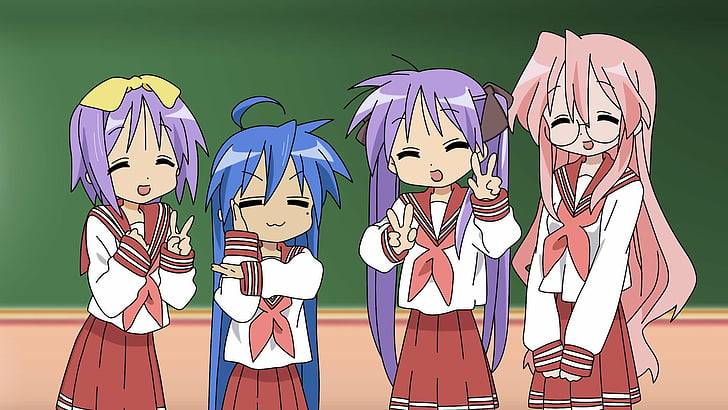
In anime series like Lucky Star, which is by Kyoto Animation, these realistic aspects are thrown out the window.
Konata Izumi with blue hair is apparently 17-18 years old. But the drawings don’t imply that at all.
Kagami Hiiragi, to the right of Konata, is also in the same age range as well.
This is a running theme in Lucky Star’s art style and designs.
It’s not about realism, at least not from a
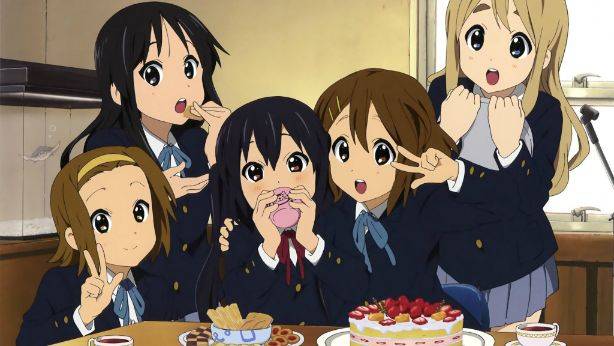
K-On, another
While Moe isn’t as extreme as the other exceptions with body proportions, it’s still relevant.
Only certain aspects of their designs can be considered realistic, while others aren’t.
It’s almost a balance of both worlds.
All the
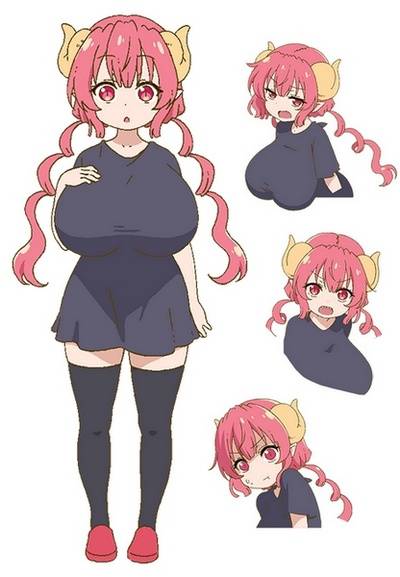
And if we go to characters like Ilulu from Miss Kobayashi’s Dragon Maid, we can clearly see it’s an exaggerated
Not only is it exaggerated as far as her height and insanely massive tiddies, but also when judging her real age.
Ilulu is pretty much a “Loli”.
The simple definition means little girl, but the extended definition is an anime girl who appears young, but is actually 100’s of years older than she looks.
This is a common theme and a running trope (or joke) in anime. It’s a deliberate cliche that fans get a laugh out of.
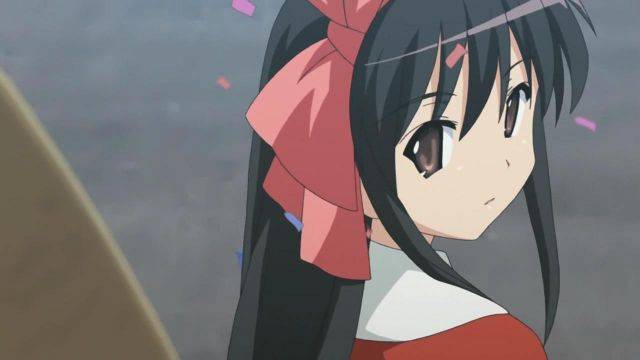
Even a character like Shana from
She appears to be at least a teenager, but she’s many times older than she looks because she’s a flame haze. A type of warrior who’s immortal.
Once you become a flame haze in this anime, your age, looks, and appearance freezes. And you appear that way forever.
In the cases of Loli’s, Chibi or Moe characters, realism is hardly the focus as far as designs and proportions.
It’s more about portraying an image of youth, something
Real life comparisons
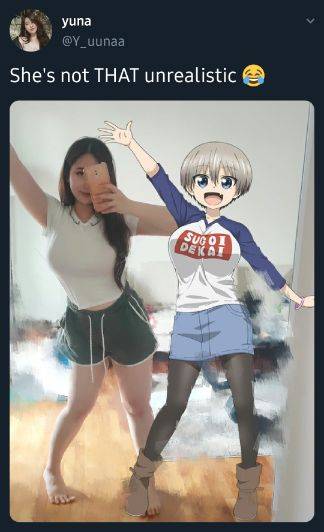
As we see with this girl, there’s a real life comparison for the
Ecchi tend to have the most unrealistic designs going, and there’s still real life comparisons to be made.
The unrealistic argument holds no weight in the grand scheme of things.
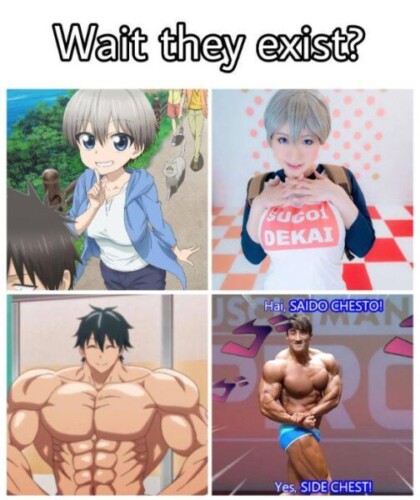
It’s the same thing here with the direct comparisons. It’s really not unrealistic at all.
Now of course these are only anecdotal, so they’re not helpful in the bigger picture of things, but for what its worth it makes a point.
It’s just 1000’s and 1000’s of people aren’t out here making direct comparisons to anime characters.
There’s no sense in it anyway. But 100’s of cosplayers do make a statement without meaning to though.
Conclusion:
Anime body proportions may not be 100% because they can’t be anyway. It’s animated.
That said, as a rule the drawings and art is realistic, relatable, and true to life. With some exceptions when it comes to male or female characters of certain ages.
That’s why anime is completely different to “cartoons”. It’s for a
Related video

–
Recommended:
Anime Body Diversity, And How Its Evolved Over The Years
This Is Why Anime Characters Are So SKINNY With Perfect Bodies

